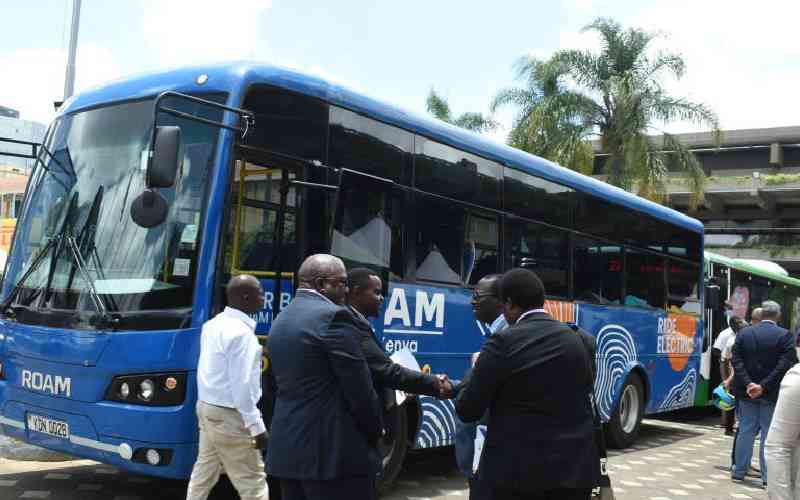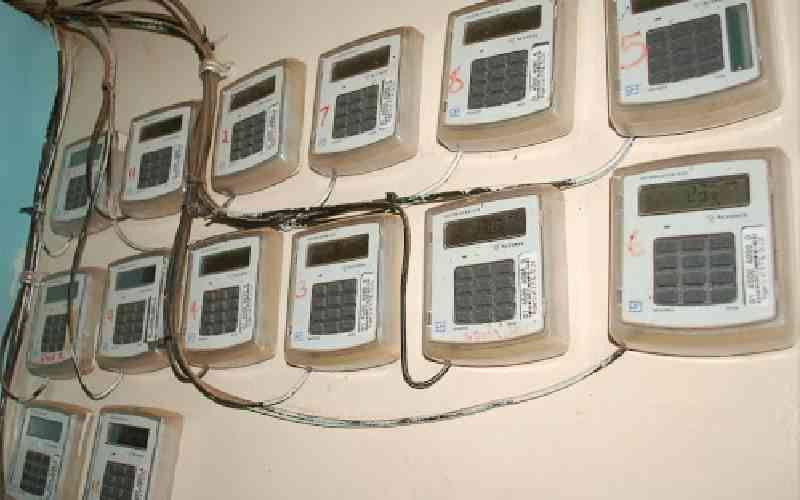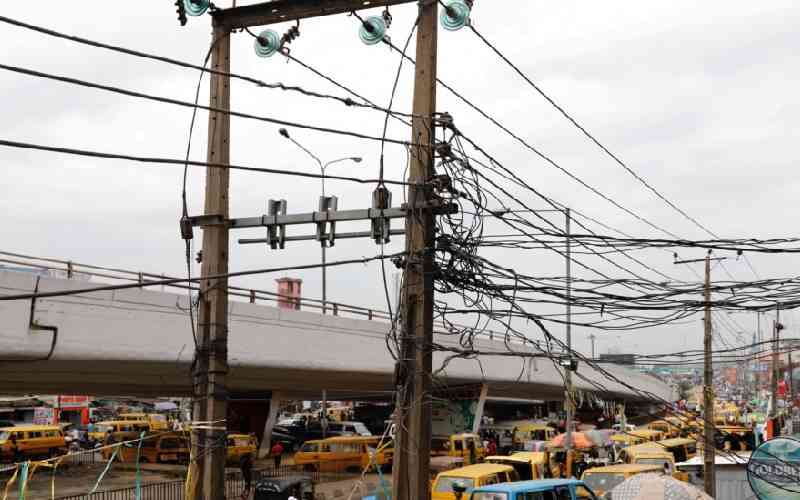The cost of connecting power will drastically come down following a Sh34 billion African Development Fund deal to take the grid closer to rural customers.
Kenya Power chief executive officer Ben Chumo alluded to a sharp drop in connectivity pricing when he addressed a governors’ meeting in Kisumu last week. He did not give details of the expected drop however.
“The cost of connectivity will definitely come down from the present Sh35,000 to something lower. The President will be announcing the new rates,“ Chumo told the forum.
The Sh34 billion has been sunk into the Last Mile Connectivity Project, which is expected to be rolled out some time this month. It will cover the 47 counties.
The project entails rolling out of approximately 12,000km of low voltage distribution lines across all the counties, as well as installation of equipment for the connection of 284,200 residential customers and 30,000 commercial customers.
The current transmission and distribution lines circuit length stands at 56,797 kilometres, with 223 substations and 54,000 transformers.
On April 24, Kenya Power invited bids for extension of its ‚low voltage system‘ and supply of energy metres.
The company has split the tender into eleven lots, each covering several counties that are close to each other.
According to statistics tabled at the governors‘ conference, 37 per cent of Kenyan households are connected to electricity. This translates to 3,236,987 households against a total of 10,168,139. Kenya‘s population is estimated at 44 million.
The statistics show Nairobi is the most connected county at 87 per cent, followed by Kiambu (73 per cent), Kajiado (62 per cent), Mombasa (58 per cent), Uasin Gishu (39 per cent), Nyeri (37 per cent), Nakuru (34 per cent) and Machakos (31 per cent).
At the bottom are Turkana at 2 per cent, Mandera (3 per cent), Tana River (3 per cent), West Pokot (4 per cent), Narok, Samburu, Homa Bay and Migori at 6 per cent, Bomet, Kitui and Wajir at 7 per cent, Marsabit at 9 per cent, and Nandi, Elgeyo Marakwet and Siaya at 10 per cent.
The Last Mile Connectivity Project, sources at Kenya Power said, has been made possible by the increased output of geothermal power, which has contributed additional megawatts to the national power grid.
According to statistics tabled by Chumo at the devolution conference, Kenya was churning out 1,766.4 megawatts from various power sources by 2013. Of these, hydro generated the most at 816.3 followed by diesel at 608.4 and geothermal 250.
By March, this year however, geothermal power generation had shot up to 573 megawatts, diesel to 690 while hydro stagnated at 820 megawatts just like gas turbine power which stood still at 60 just like 2013.
Wind power also shot up from 5.3 megawatts to 25 megawatts in the same period. The total generation capacity as at March stood at 2,196 megawatts.
Stay informed. Subscribe to our newsletter
In terms of what was generated and dispatched to customers in the first three months of this year, geothermal led at 48 percent.
The number of customers has doubled since 2010. The number stands at 3,236,987 against the 2010 figure of 1,753,348.
 The Standard Group Plc is a
multi-media organization with investments in media platforms spanning newspaper
print operations, television, radio broadcasting, digital and online services. The
Standard Group is recognized as a leading multi-media house in Kenya with a key
influence in matters of national and international interest.
The Standard Group Plc is a
multi-media organization with investments in media platforms spanning newspaper
print operations, television, radio broadcasting, digital and online services. The
Standard Group is recognized as a leading multi-media house in Kenya with a key
influence in matters of national and international interest.
 The Standard Group Plc is a
multi-media organization with investments in media platforms spanning newspaper
print operations, television, radio broadcasting, digital and online services. The
Standard Group is recognized as a leading multi-media house in Kenya with a key
influence in matters of national and international interest.
The Standard Group Plc is a
multi-media organization with investments in media platforms spanning newspaper
print operations, television, radio broadcasting, digital and online services. The
Standard Group is recognized as a leading multi-media house in Kenya with a key
influence in matters of national and international interest.









